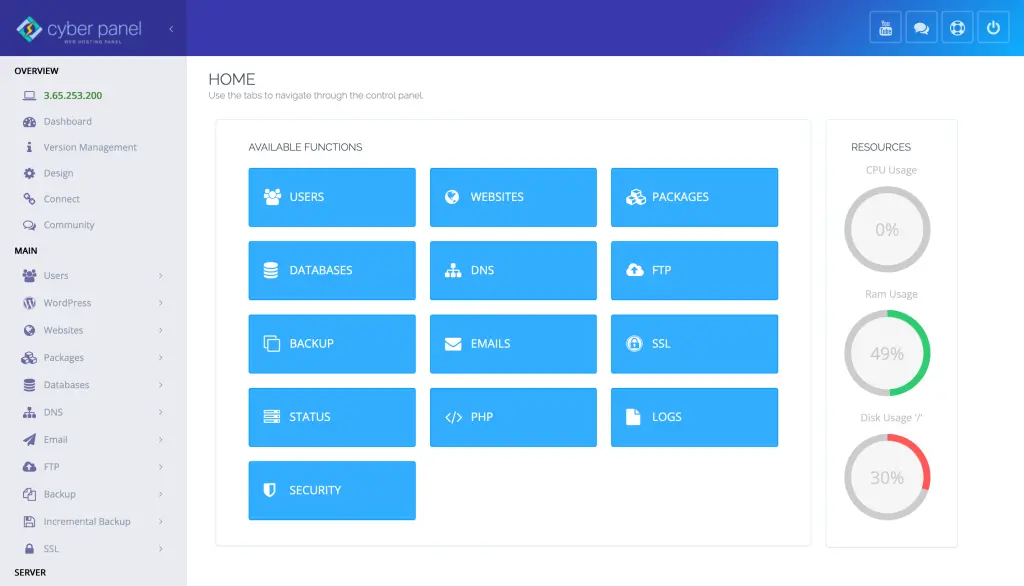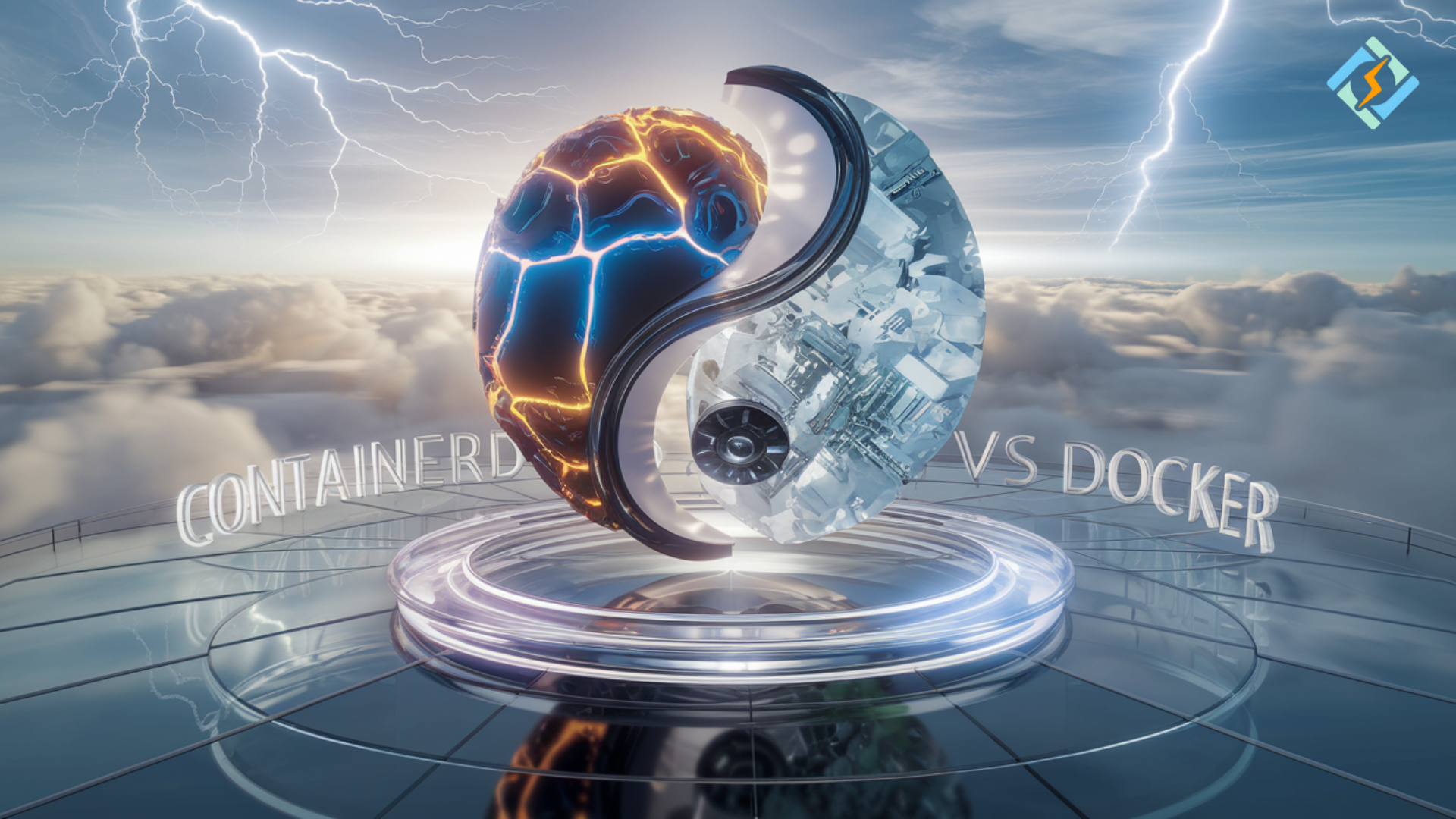Docker, it is often said, is the heart of modern application development and deployment. The difference between successful DevOps pipelines and failed deployments is being able to run applications consistently across environments. But when it comes to choosing a container runtime, the most popular argument boils down to Containerd vs Docker.
Why does this matter? It’s because they’re both well-liked container solutions that can be employed in Kubernetes and also elsewhere. The decision can impact the performance, the scalability, and the operational simplicity of your application.
At first, people were also confused about Docker vs Containerd for the same thing, but they weren’t. In this evolutionary path, Docker was an end-to-end tool for managing containers; it was designed to be amazing for developer experience, and Containerd was a lean, specialized container runtime focused purely on the reliability and performance part.
Let’s learn Containerd vs Docker!
Containerd vs Docker Engine
The biggest difference is that Containerd is a container runtime that is built to focus solely on executing the basic start, stop, and manage containers, whereas Docker is a complete solution to help build, distribute, and run containers as well. Docker is an ecosystem, while Containerd is a sleek and performant engine.
Docker creates and controls containers using Docker CLI, its own command-line interface. It runs Containerd under the hood. For now, Containerd itself sits much lower down the stack, closer to the kernel, which is perfect for fast, no-clutter operations, e.g., in Kubernetes environments.
Get exclusive access to all things tech-savvy, and be the first to receive
the latest updates directly in your inbox.
Primary Use Case: Containerd Vs Docker
Use Docker when you need a complete toolchain for app development, testing, and deployment. Use Containerd when you only require a low-level, high-performance container runtime, especially in environments like Kubernetes clusters or edge deployments that demand efficiency and scalability.
Here’s a quick comparison:
| Feature | Docker | Containerd |
|---|---|---|
| Focus | End-to-end toolchain | Pure container runtime |
| User | Developers, DevOps | Infrastructure teams, Kubernetes admins |
| Architecture | Daemon + CLI | Daemon only |
| Use Case | App build and test environments | High-performance environments like K8s |
| Best Suited For | Development pipelines | Production clusters |
Containerd vs CRI-O vs Docker: Orchestration Platforms Have Never Been More Confusing
When you pit Containerd vs CRI-O vs Docker, the differences are a matter of focus. Docker is a developer-friendly experience, Containerd is a lightweight, high-performance runtime, and CRI-O is Kubernetes-first; all are developed as a CRI (Container Runtime Interface) implementation for Kubernetes clusters.
- Dockermachine: General-purpose tooling for container build and management that is also useful for day-to-day development.
- Containerd: Pure runtime and only for starting, stopping, and managing containers.
- CRI-O: Specifically built for K8s clusters, you can skip the CRI part, a more straightforward container lifecycle.
What Is The Difference Between Containerd And Docker Engine?
Docker Engine is the complete package for working with containers (build, run, and manage), while leveraging Containerd for the container execution. By contrast, Containerd is a separate piece of code that cares only about controlling containers as they’ve been created already.
Containerd is the runtime portion of Docker Engine. The tooling around Containerd, however, makes it really nice for developers to use. At the same time, containerd runs as a separate daemon, available even for custom solutions and Kubernetes deployments.
Common Errors When Using Containerd vs Docker Kubernetes and Their Solutions
| Error | Cause | Solution |
|---|---|---|
| Container Doesn’t Start | Misconfiguration in CRI settings | Check CRI settings and align with Kubernetes |
| Version Compatibility Issue | Mismatch between K8s version and runtime version | Upgrade or match version requirements |
| Daemon Not Running | Service crash due to misconfiguration | Restart and validate the service status |
| Image Not Found | Incorrect registry or tag | Confirm registry access and tag accuracy |
| Resource Leaks | Improper resource limits | Set resource requests and limits appropriately in the spec |
Best Practices for Choosing Between Containerd and Docker
Here are the best practices:
- Maintain compatibility by aligning runtime choice with your orchestration tool (K8s prefers Containerd).
- Choose Docker when working with application builds, multi-stage builds, and developer-friendly environments.
- Choose Containerd when managing barebone, high-performance Kubernetes clusters.
- Evaluate the operational overhead: Docker may introduce unnecessary layers in a Kubernetes setup.
- Prioritize Containerd for environments focusing on efficiency and security.
Role of CyberPanel

CyberPanel is a robust web hosting control panel that helps to deploy both containerd and Docker environments, which is great for deploying.
With CyberPanel, you can:
- A fast way to set up and configure Docker and Containerd.
- Track utilization of resources and control your deployments.
- Utilize security and scale capabilities native to each environment.
- Integrate container orchestrators such as Kubernetes.
- Simplify multi-application deployment management.
Frequently Asked Questions
Is Containerd faster than Docker?
Yes. Containerd is a new project with having more lightweight and efficient design for running containers and is suitable for high performance production environment.

Is it the end of Docker and the rise of Containerd?
Docker is still a developer-friendly tool for sure, but internal use at Kubernetes has dropped Docker runtime in favor of the slim-lined Containerd.
Are Docker command-line commands possible with Containerd?
Not directly. However, tools such as nerdctl can replicate the Docker CLI experience in dealing with Containerd.
Select the Best Tool and Fast-Forward Your Deployment!
When you are choosing between Containerd vs Docker, it all comes down to your use case. Opt for Docker if you are concentrating on app development and local testing. Choose Containerd if you are running in a production, Kubernetes-centric environment that requires the utmost in performance and scalability.
These days, regardless of which you choose, managing these environments is easy now with platforms like CyberPanel. Now, get started — take the next step and simplify your container deployment, save money, and construct a reliable application lifecycle for the future.
Give CyberPanel a shot and optimize your Containerd or Docker deployments for an unmatched level of performance and efficiency!



